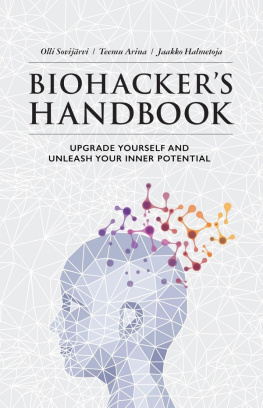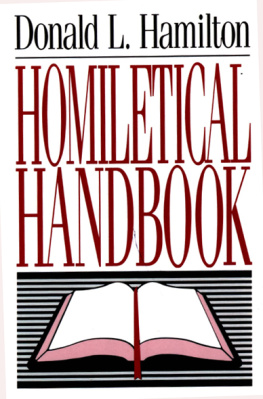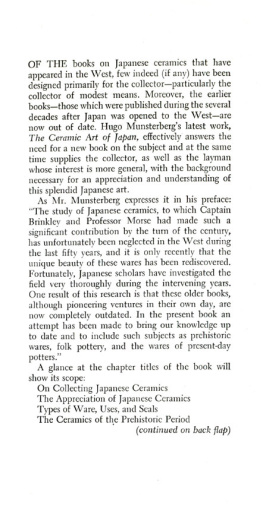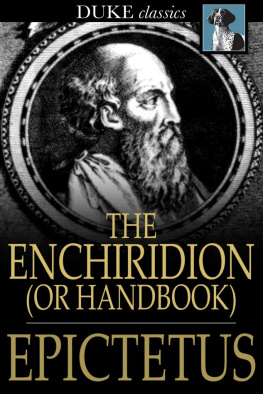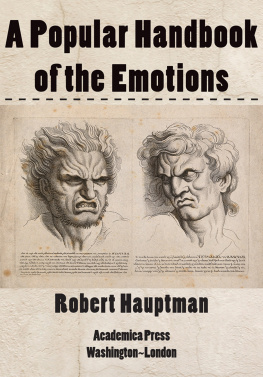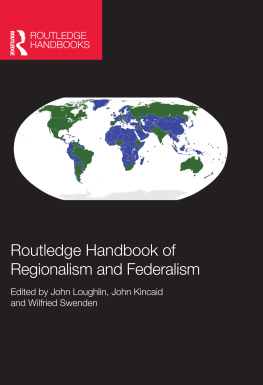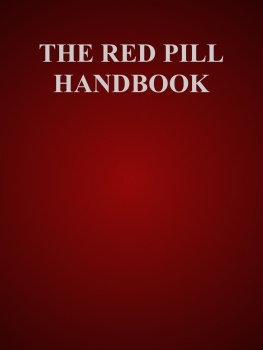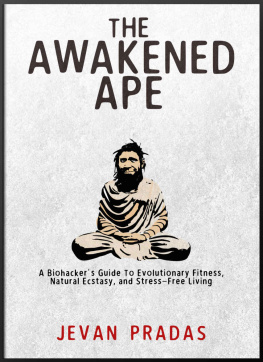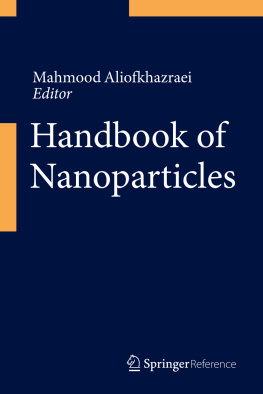Olli Sovijärvi - Biohacker’s Handbook
Here you can read online Olli Sovijärvi - Biohacker’s Handbook full text of the book (entire story) in english for free. Download pdf and epub, get meaning, cover and reviews about this ebook. year: 2019, publisher: Biohacker Center, BHC Inc., genre: Romance novel. Description of the work, (preface) as well as reviews are available. Best literature library LitArk.com created for fans of good reading and offers a wide selection of genres:
Romance novel
Science fiction
Adventure
Detective
Science
History
Home and family
Prose
Art
Politics
Computer
Non-fiction
Religion
Business
Children
Humor
Choose a favorite category and find really read worthwhile books. Enjoy immersion in the world of imagination, feel the emotions of the characters or learn something new for yourself, make an fascinating discovery.
- Book:Biohacker’s Handbook
- Author:
- Publisher:Biohacker Center, BHC Inc.
- Genre:
- Year:2019
- Rating:5 / 5
- Favourites:Add to favourites
- Your mark:
- 100
- 1
- 2
- 3
- 4
- 5
Biohacker’s Handbook: summary, description and annotation
We offer to read an annotation, description, summary or preface (depends on what the author of the book "Biohacker’s Handbook" wrote himself). If you haven't found the necessary information about the book — write in the comments, we will try to find it.
Biohacker’s Handbook — read online for free the complete book (whole text) full work
Below is the text of the book, divided by pages. System saving the place of the last page read, allows you to conveniently read the book "Biohacker’s Handbook" online for free, without having to search again every time where you left off. Put a bookmark, and you can go to the page where you finished reading at any time.
Font size:
Interval:
Bookmark:
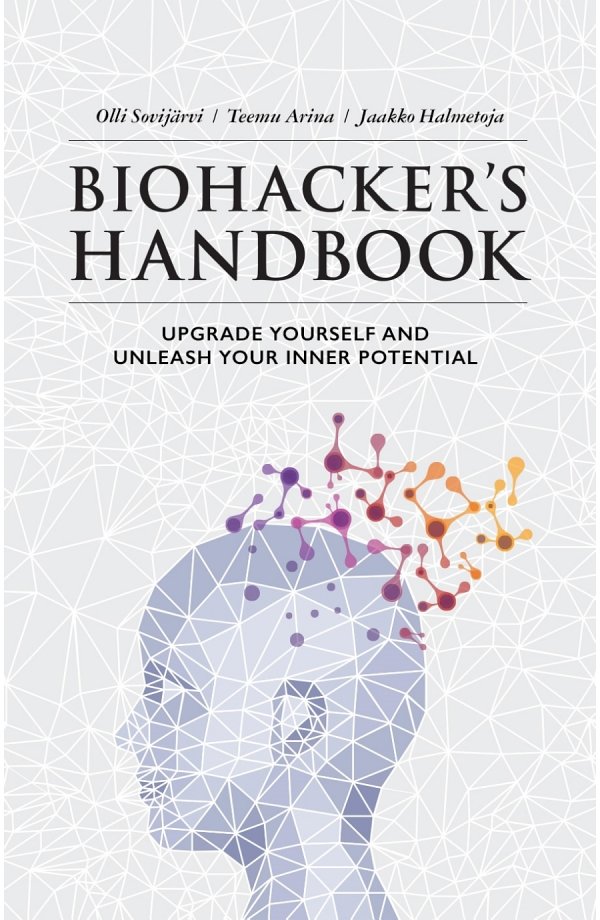
Biohacker's Handbook
Upgrade yourself and unleash your inner potential
1st edition
Publisher:
Biohacker Center, BHC Inc.
PO Box 955
FI-00101 Helsinki, Finland
www.biohackingbook.com
Olli Sovijrvi, Teemu Arina, Jaakko Halmetoja 2019
Illustrations: Lotta Viitaniemi
Advisor and studio critic: Dr. Sam Inkinen
English translation: Otto Lehto (Sleep), Salla Williams (Nutrition, Exercise, Work and Mind)
Proofreading: Kandace Hawley
ISBN: 978-952-7241-08-0 (epub)
No part of this publication may be reproduced, stored in a retrieval system, or transmitted in any form or by any means, electronic, mechanical, photocopying, recording, or otherwise, without written permission of the publisher.
Biohacking is the optimization of performance, health and well-being by utilizing science, technology and a deep understanding of human physiology and nutrition. Biohacking is also an art unto itself, the sculpture of which is the individual.
The driving force behind this book is a holistic approach to health and well-being. Human health cannot be approached in a reductionist manner if well-being is the long-term goal. The secret to a better life can therefore not be found in a pill bottle, fad diet or trendy exercise regime.
The opposite of reductionism is holism. For a long time, it was assumed that solving the puzzle of human genetics would provide answers to all questions regarding health and well-being. Instead, we have only recently begun to understand just how crucial complex environmental factors (i.e. epigenetics) are in this scenario. By studying individual genes, we have evidence that their function is indeed controlled by the impact the environment has on them.
Many modern individuals have all kinds of knowledge regarding health, yet few have applied their learning into practice. Scientific studies often attempt to identify the single factor determining the expected result. Even so, the theories studied and expert recommendations received remain only informed guesses until the reader tests what the effects are on themselves as individuals. Thus, a theory may lead to a personal experience that has real practical significance.
There is no silver bullet for better well-being. In terms of developing health and well-being, the desired holistic change can only be achieved by implementing several methods simultaneously. The compound effect indicates that 1+1=3. In other words, holistic well-being is not the result of a single food item, dietary supplement or drug. The most significant improvement in ones well-being can be achieved as the result of interaction between several methods. This concept of the whole being more than the sum of its parts is called emergence. For example, instead of reaching for sleeping pills, one might choose to optimize his or her nutrition, exercise regime, and other environmental factors The pitfall of holism lies in what is called Occams razor for the purposes of practical implementation, theories should be as simple as possible with a reduced number of explaining factors. According to the principle of Occam's razor, out of competing theories the simplest one should be selected.
Another problem with holism is that it is difficult to navigate the terrain of complex causal relationships involving several factors in an indisputable manner. This endless exploration of the self can indeed be thought of as the final frontier or the origo that may not ever be fully captured despite efforts.
The subject matter of this book health and well-being presents a paradox. Due to the limited human capacity for understanding, we may never know the secret to holistic well-being or eternal life. However, with calculated guesses, comprehensive experimentation and sheer luck we may achieve exceptionally good results.
At the core of biohacking is the concept that increasing health is cheaper and more profitable than treating illness. This is also known as preventive health care. This approach taps into the knowledge of scientists and theorists as well as practical implementers. The goal is to systematically identify what brings the best results for yourself as an individual. Indeed, biohacking places the individual at the focus of health and wellness sciences.
A human being is an entity that consists of various systems. The goal of biohacking is to understand how these systems work. Biohacking might be compared to cybernetics (Greek kybernetike, the art of navigation) which involves the study of automatic control systems. To understand the cybernetic system, it is important to grasp the concepts of input, process, output and feedback.
Biological organisms feature autoregulation mechanisms through which the organism strives for equilibrium, or homeostasis. The human organ systems involve various negative and positive feedback systems that regulate, for example, the optimal balance of many hormones in the body:
- An example of a negative feedback system is the HPA axis located between the brain and the adrenal glands that regulates body stress. Once the adrenal gland has produced plenty of cortisol (a stress hormone), a negative feedback is produced in the pituitary gland and hypothalamus that in turn reduces cortisol production.
- Similarly, in a positive feedback system a stimulus amplifies the following end result. A blood clotting is an example of this. An activated blood platelet releases chemicals that activate other platelets until the clotting action at the site of injury is sufficient to stop the bleeding.
A human being functions best while in a harmonious relationship with his or her environment. Through systems thinking, we can grasp just how dependent human beings are on various environmental factors. At their core, human beings are not mechanistic. A wide-ranging relationship with the environment is a prerequisite for a good life.
An example of this might be that a human being feels well when he or she has a balanced relationship with the bacteria, viruses and other micro-organisms that live in or on the intestine, mucous membranes and skin. A comparison could be drawn to a plant which has diverse interactions via its roots with the microbes and nutrients in the soil. In both cases, imbalance may lead to illness.
The optimization of physiological health involves balancing both the lower levels of the system (such as nutrition, mitochondria and microbiome) as well as the higher levels (such as social relations and the environment). In the spirit of the Pareto principle, systems thinking can be used to identify the 20 % of the input that produces 80 % of the results.
In 2007, editor Kevin Kelly and journalist Gary Wolf of the American technology magazine Wired created the concept, movement and phenomenon called the Quantified Self (QS). The frontmen of Wired organized the first meeting in Silicon Valley in 2008 for those interested in the topic. In the summer of 2009, Wired ran a cover story called Know Thyself: Tracking Every Facet of Life, from Sleep to Mood to Pain, 24/7/365. The Wired journalists started a website associated with the phenomenon which they named the Quantified Self. Their slogan defined it as Self-knowledge through numbers.
These days, self-measuring is a part of the mainstream culture. In the past decade, the market has been flooded with various activity trackers and measuring devices. Many smartphones also feature different types of sensors and measuring applications that produce data on movement, calorie expenditure and sleep. Various measuring techniques may also be utilized for the purpose of tracking working hours.
Font size:
Interval:
Bookmark:
Similar books «Biohacker’s Handbook»
Look at similar books to Biohacker’s Handbook. We have selected literature similar in name and meaning in the hope of providing readers with more options to find new, interesting, not yet read works.
Discussion, reviews of the book Biohacker’s Handbook and just readers' own opinions. Leave your comments, write what you think about the work, its meaning or the main characters. Specify what exactly you liked and what you didn't like, and why you think so.

